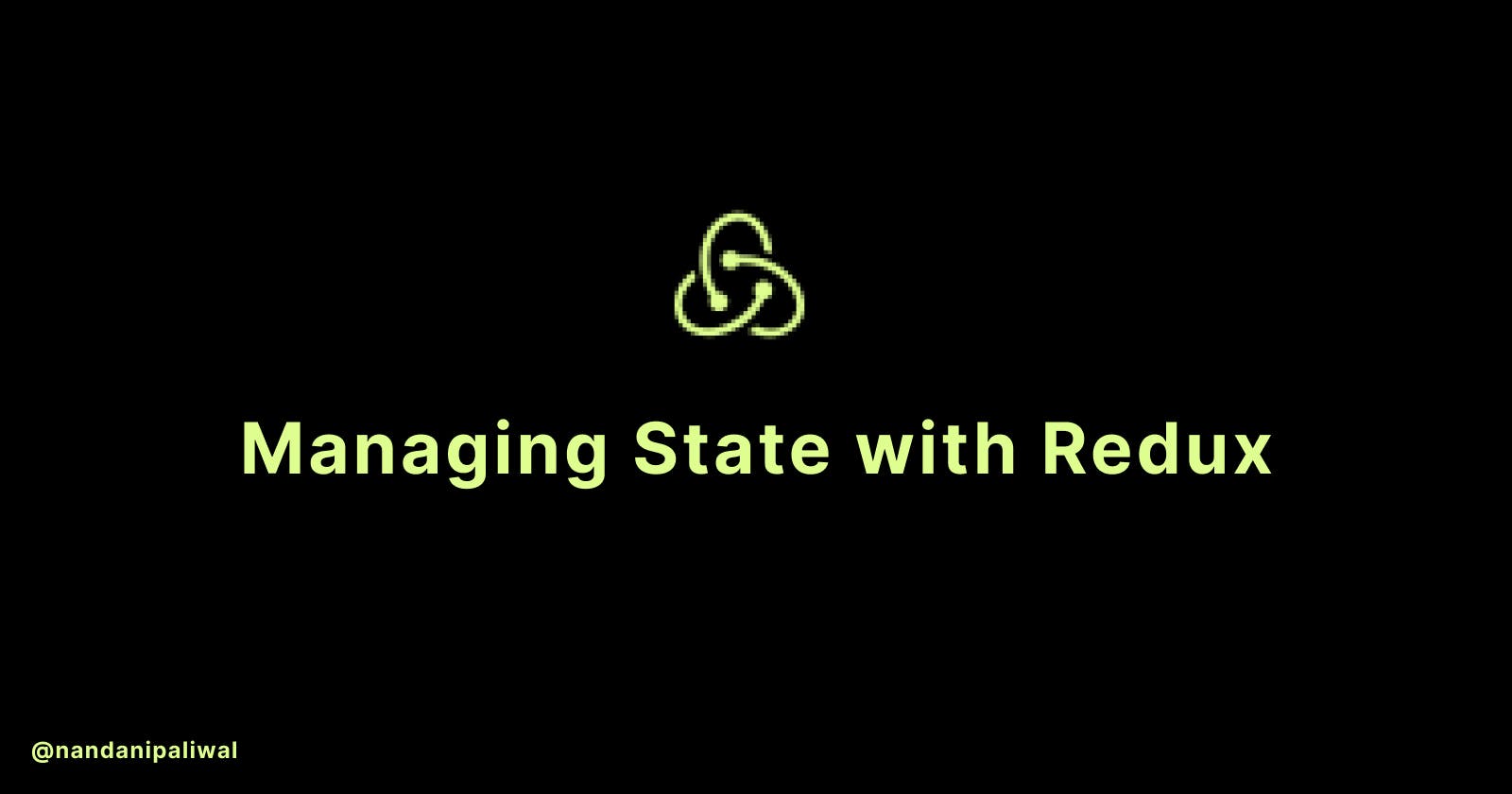Introduction
In our previous blog, we discussed managing state in React using hooks, specifically useState. While these hooks offer a simple and effective way to handle state in smaller applications, they come with their own set of limitations. As your application scales and grows in complexity, you may find that using hooks alone can lead to challenges in state management.
This is where Redux, comes into picture. Whether you're new to Redux or seeking to reinforce your understanding, this guide has you covered.
Understanding the Need for State Management
Before we jump into Redux, let's discuss why state management is crucial in React applications. As your app grows in complexity, handling and sharing data across components can become a daunting task. Redux provides a structured way to manage the state, making your application more predictable and easier to maintain.
Setting Up Redux
Installation
First things first, let's add Redux to our project. Using npm or yarn, run:
# NPM
npm install redux
# Yarn
yarn add redux
Configuring the Store
The heart of Redux is the store. This is where your application's state is stored. Here's a simple store setup:
// store.js
import { createStore } from 'redux';
import rootReducer from './reducers'; // We'll create this shortly
const store = createStore(rootReducer);
export default store;
Reducers
Reducers specify how the application's state changes. They are pure functions that take the current state and an action as arguments and return the next state. Let's create a simple reducer:
// reducers.js
const initialState = {
count: 0,
};
const rootReducer = (state = initialState, action) => {
switch (action.type) {
case 'INCREMENT':
return { ...state, count: state.count + 1 };
case 'DECREMENT':
return { ...state, count: state.count - 1 };
default:
return state;
}
};
export default rootReducer;
Connecting Redux to React
Provider
To make the Redux store available to your React components, use the Provider component from react-redux. This is typically done at the root level of your app:
// index.js
import React from 'react';
import ReactDOM from 'react-dom';
import { Provider } from 'react-redux';
import store from './store';
import App from './App';
ReactDOM.render(
<Provider store={store}>
<App />
</Provider>,
document.getElementById('root')
);
Using connect
Now, you can access the state and dispatch actions in your components using the connect function. For example, to connect a counter component:
// Counter.js
import React from 'react';
import { connect } from 'react-redux';
const Counter = ({ count, increment, decrement }) => {
return (
<div>
<p>Count: {count}</p>
<button onClick={increment}>Increment</button>
<button onClick={decrement}>Decrement</button>
</div>
);
};
const mapStateToProps = (state) => ({
count: state.count,
});
const mapDispatchToProps = {
increment: () => ({ type: 'INCREMENT' }),
decrement: () => ({ type: 'DECREMENT' }),
};
export default connect(mapStateToProps, mapDispatchToProps)(Counter);
Practical Usage and Best Practices
Redux is a powerful tool, but it's essential to follow best practices to keep your codebase clean and maintainable. Here are some tips:
Normalize Your State: Organize your state structure to be as flat and normalized as possible.
Use Redux Toolkit: Consider using Redux Toolkit to simplify your Redux code and reduce boilerplate. You can install it as it is available as a package on NPM for use with a module bundler or in a Node application:
# NPM npm install @reduxjs/toolkit # Yarn yarn add @reduxjs/toolkitAvoid Mutating State: Always return a new state object when updating the state in reducers.
DevTools: Install the Redux DevTools extension for debugging and monitoring your Redux store.
Conclusion
Managing state with Redux is a valuable skill for React developers. It provides a structured approach to handle complex application states. By following the steps outlined in this guide, you can leverage Redux to build more predictable and maintainable React applications.
SEO Keywords: React Redux,
State Management,
Redux Toolkit,
React State,
Redux DevTools
Slug: managing-state-with-redux
Subtitle: A Practical Guide for React Developers
Short Description: Learn how to manage state in React applications using Redux. This guide covers the setup, best practices, and practical usage of Redux for state management.

